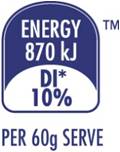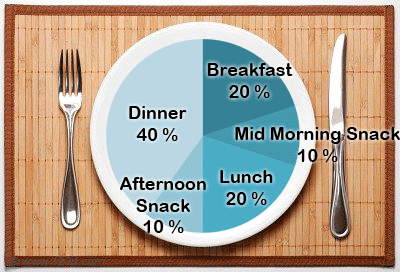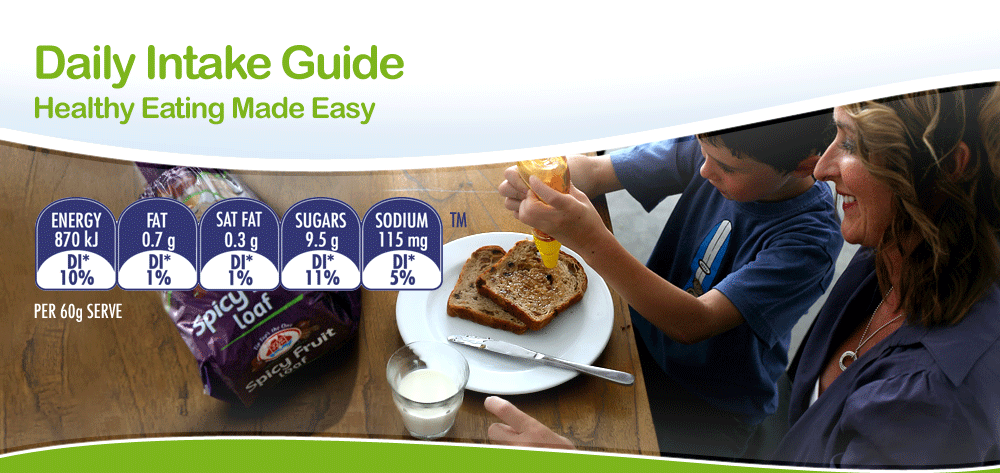Energy in Your Food

Kilojoules (food energy) are important for providing energy for your daily activities and body function. Aim to balance the energy you consume through foods with the energy you expend during the day.
The more active you are the more kilojoules of food energy you need. If you are less active, your body needs fewer kilojoules of food energy to get you through the day.
Balance Your Intake Throughout the Day
 When you’re choosing foods and drinks, take a look at the DIG thumbnail for energy. It can be easier to look at the % Daily Intake for energy and compare to the % of energy recommended for that meal instead of thinking about what you need for a whole day.
When you’re choosing foods and drinks, take a look at the DIG thumbnail for energy. It can be easier to look at the % Daily Intake for energy and compare to the % of energy recommended for that meal instead of thinking about what you need for a whole day.
The Daily Intake Guide has been developed to show you how you can distribute your energy intake over a day. It's based on 3 meals plus 2 smaller in-between meal snacks.
You can modify the guide to adapt it to your eating pattern on a given day. For example if you have a large breakfast (greater than 20% of your daily energy needs), you will need to modify (reduce) your intake amount for mid-morning and afternoon snacks, lunch or dinner. Its common sense - and now easier to understand with DIG!

Energy Variance
The percent Daily Intake values used in DIG are based on an average adult diet of 8,700 kilojoules (kJ). Many people will require different amounts of food energy at various stages of their lives and as their activity level varies.
A very active teenager, for example, will require more food energy than a sedentary older person.
